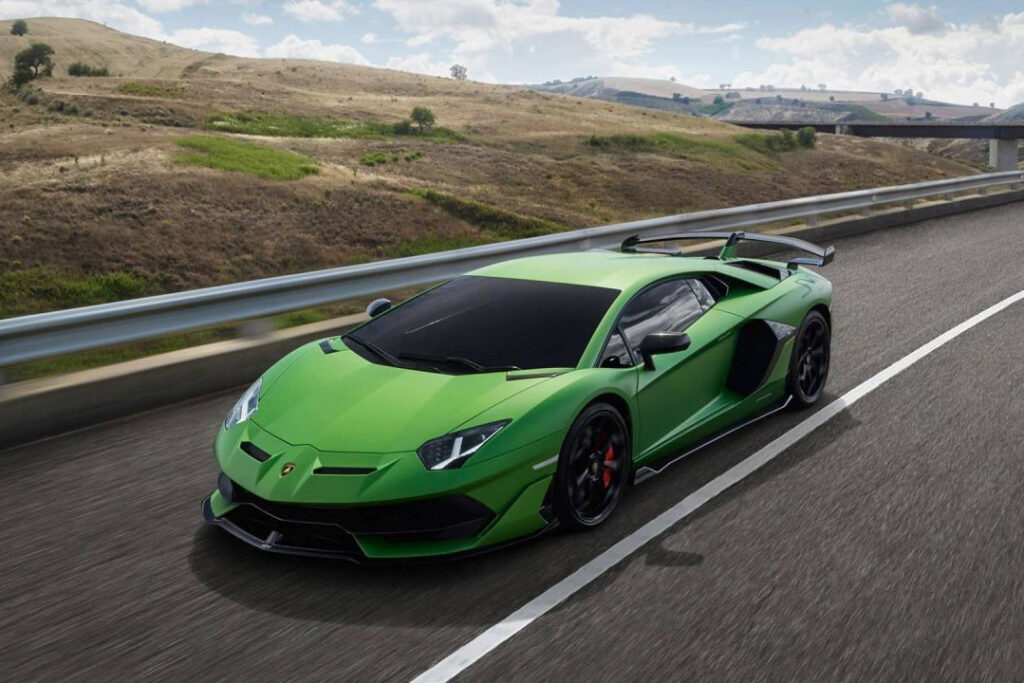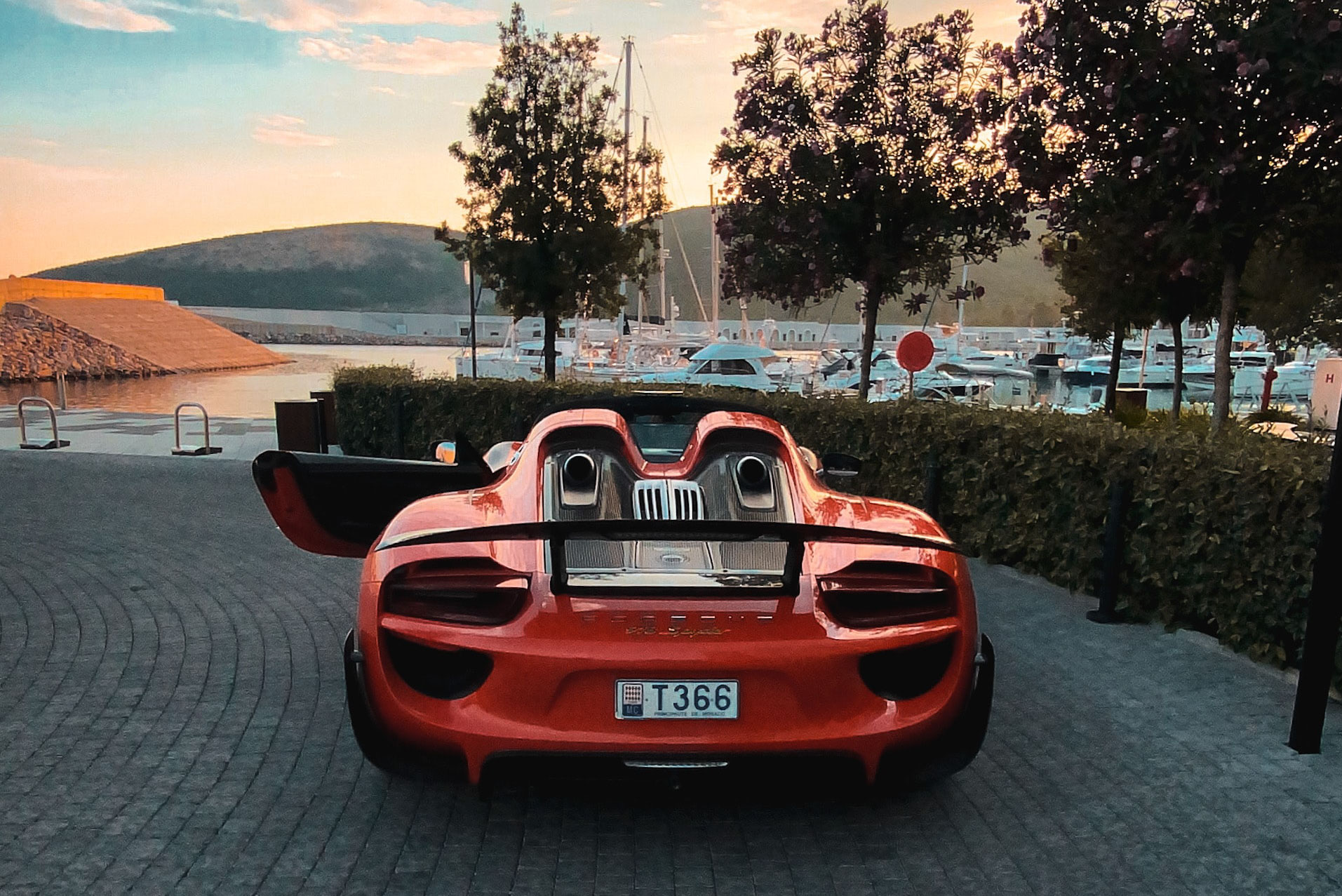View All Blog Articles View Tours
Hypercar Hire in Europe: Myth or Reality?
While arranging supercar hire across Europe is relatively straightforward, the question of whether you can actually rent a hypercar for a few days often arises. Is it a genuine possibility, or simply a dream?
The short answer is yes, hypercar hire options do exist in Europe. However, it’s important to understand that this isn’t a typical rental market. Instead, it primarily involves privately owned vehicles made available for rent by their owners. Availability can therefore fluctuate as these exclusive cars are bought and sold.
Read on to learn more about the realities of hypercar hire, as well as a brief look at the evolution of hypercars over the decades and our favourite examples from each era, before we delve into the practicalities of renting one.
Understanding the Costs and Deposits
Firstly, as mentioned, a dedicated “market” for hypercar hire in Europe doesn’t really exist. The scarcity of these vehicles means that most are privately owned, with owners sometimes using brokers or rental companies to offer them. Consequently, fixed online rates are rare. Pricing is usually determined on a case-by-case basis, taking into account your specific requirements, including delivery location, mileage/kilometres to be covered, the duration of the rental, and sometimes an assessment of the renter’s profile.
To give you an idea of the costs involved in hiring what might be considered a hypercar, expect to pay significantly more than you would for a supercar. Where a Ferrari 488 Spider might cost in the region of €1500-€2000 per day to rent, hypercar hire typically starts at around €10,000 EUR per day and can easily go upwards.
In addition to the rental fee, a security deposit is standard practice when renting high-performance vehicles. This is usually secured as a credit card guarantee to cover any potential damage during the rental period. For a Ferrari 488, this deposit might be in the region of €15,000-€20,000. For hypercar hire, the security deposit is likely to be considerably higher, often starting at €75,000 EUR and potentially reaching €150,000 EUR, depending on the specific car and the owner’s requirements.
These substantial costs are linked to the high value of the vehicles (often exceeding €1 million) and, just as importantly, the significant running and repair costs. For instance, a set of tyres for the original Bugatti Veyron famously cost over €4,000 each, meaning a €16,000 bill for a full set, which might be needed every 8,000 kilometres or so.
However, despite these factors, if you have the means, hypercar hire in Europe is often achievable. Let’s take a look at the journey of hypercars and what makes them so desirable, before returning to the specifics of hypercar hire in Europe, including what we can source and where.
Defining the Hypercar
The term “hypercar” is increasingly common, but there’s often debate about which cars truly deserve this label. Ask different people, and you might get different criteria. Common identifiers include 1000+ horsepower, extreme rarity, a price tag over €1 million, or record-breaking top speeds. However, these benchmarks have evolved over time.
In the 1980s, even though the term wasn’t widely used, the Ferrari F40 was often considered a hypercar, despite not matching the performance figures of more recent hypercars like the McLaren P1 or the groundbreaking Bugatti Chiron.
We believe there have been distinct milestones over the past four decades that have shaped the modern definition of a hypercar. By examining the common threads, we might be able to understand what sets hypercars apart from supercars.
Round 1: The 1980s – Ferrari and Porsche Go Head-to-Head
The 1980s saw what could be considered the initial separation from supercars. Ferrari and Porsche launched limited-edition, road-legal, high-performance cars essentially built for the track. Ferrari brought us the F40, while Porsche offered the all-wheel-drive 959. Two different approaches to achieving the same goal: being the fastest production car on the planet. The F40 achieved a higher top speed, while the 959 had quicker acceleration to 60 mph.
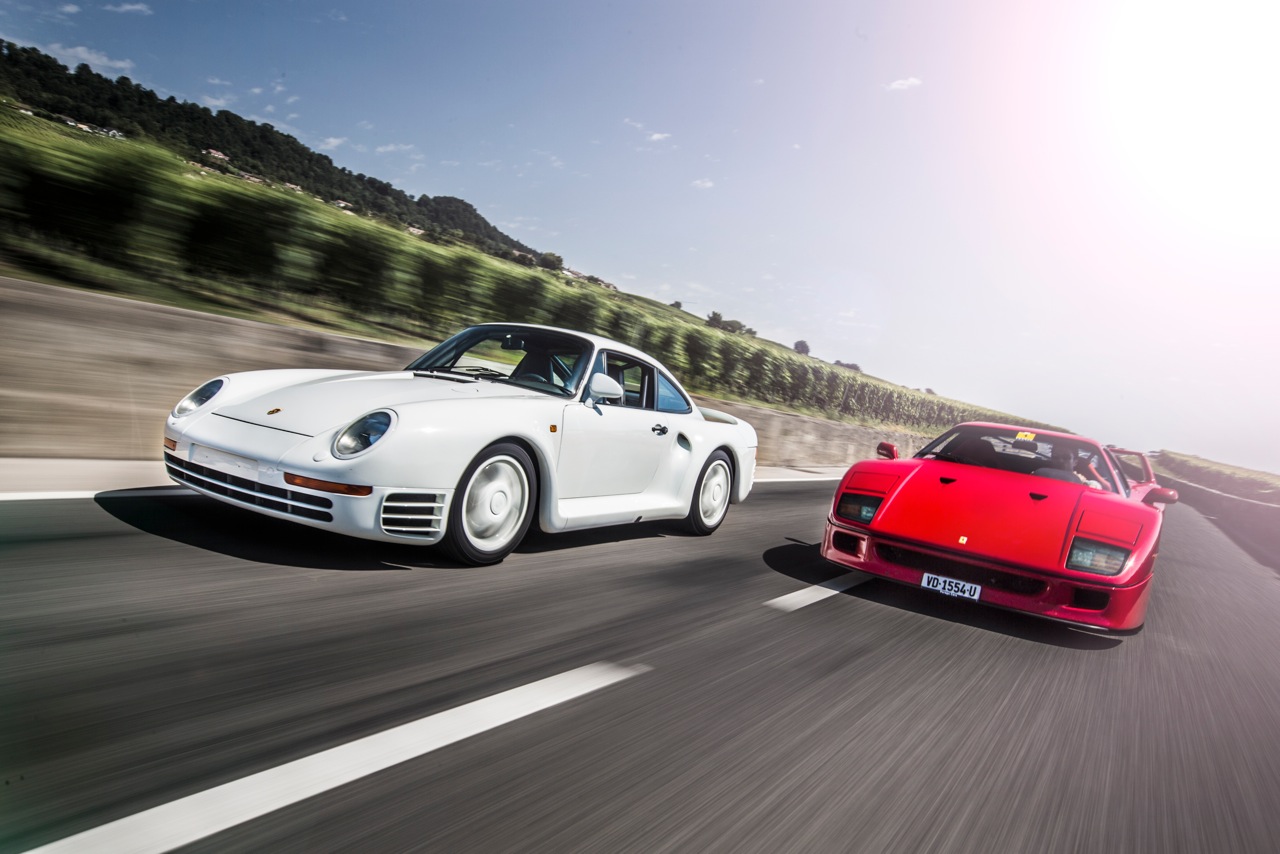
| The Stats | Ferrari F40 | Porsche 959 | Lamborghini Countach |
|---|---|---|---|
| Launched | 1987 | 1986 | 1974 |
| Horsepower | 471 | 444 | 375 |
| Top Speed (mph) | 201 | 197 | 179 |
| 0-60 mph (secs) | 3.8 | 3.6 | 5.6 |
| Production Run | 1300 | 337 | 2000+ |
| MSRP (€) | 350k | 200k | 120k |
As you can see, the F40 and 959 surpassed the Lamborghini in every key category: more power, higher speeds, quicker acceleration, and higher price tags due to their limited production.
Our Winner: The F40 remains an all-time great, and its iconic look is undeniable.
Round 2: The 1990s – McLaren Changes the Game
In the 1990s, Ferrari aimed to offer its clients an even more exclusive model with the F50, featuring a higher price, more horsepower, and improved acceleration and production numbers. However, McLaren then stunned the world with the Gordon Murray-designed McLaren F1.
The F1 leaped ahead of the competition with its impressive figures: 627 horsepower, a top speed of 240 mph (a record it held for 12 years), and a price tag of €800,000 for one of just 106 incredibly rare units. The 1990s also saw the release of other notable cars that some consider hypercars, such as the Bugatti EB110 (216 mph), the Jaguar XJ220 (briefly holding the top speed record), and the Mercedes-Benz CLK GTR (claiming the record for the highest production car price at over €1.5 million).
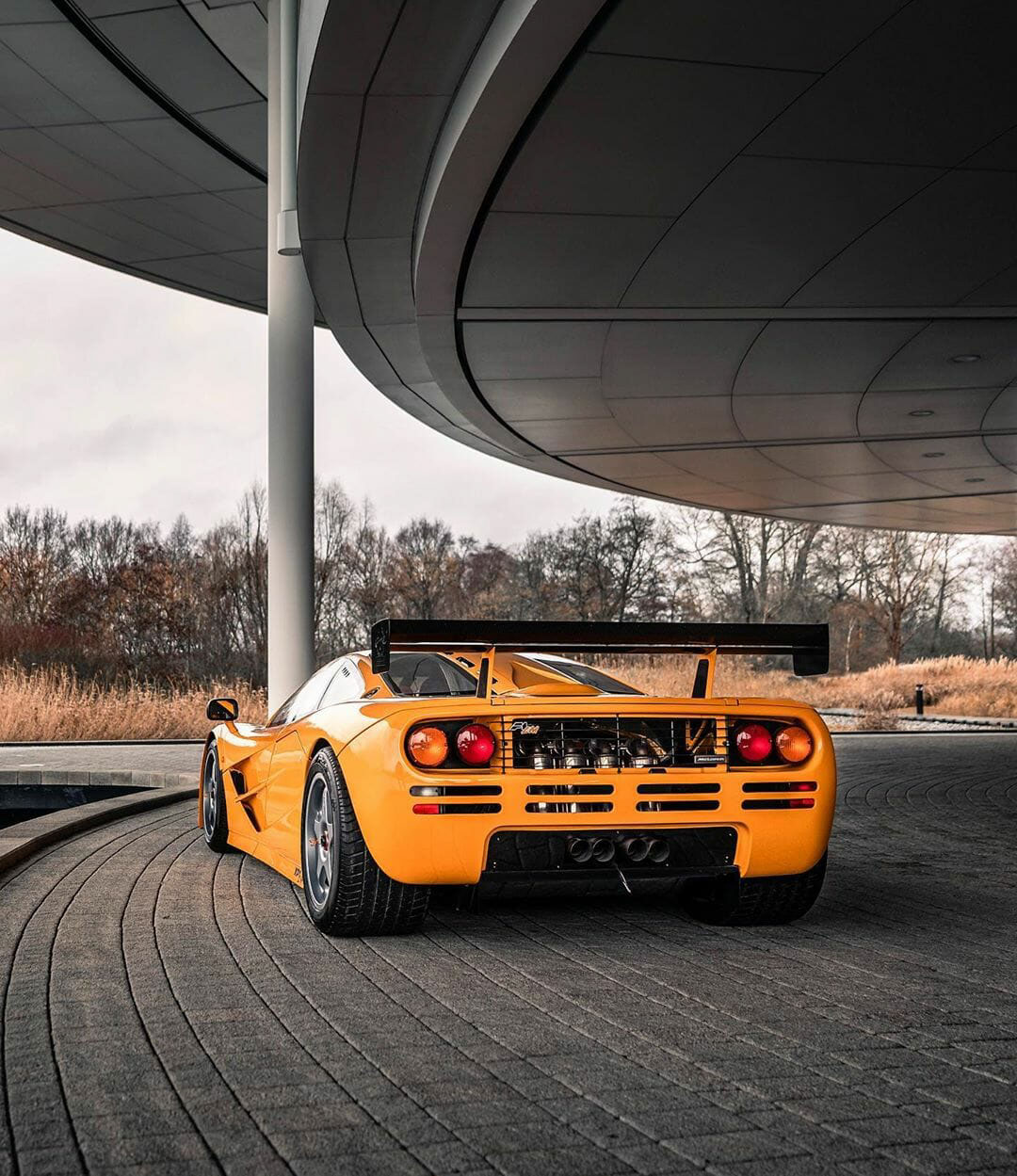
| The Stats | Ferrari F50 | McLaren F1 | Ferrari F355 |
|---|---|---|---|
| Launched | 1995 | 1992 | 1994 |
| Horsepower | 512 | 627 | 375 |
| Top Speed (mph) | 202 | 240 | 183 |
| 0-60 mph (secs) | 3.8 | 3.2 | 4.7 |
| Production Run | 349 | 106 | 11,200+ |
| MSRP (€) | 400k | 800k | 140k |
Our Winner: The McLaren F1 – it truly led the way, and others followed.
Round 3: The 2000s – Bugatti Crashes the Party
The 2000s witnessed a surge in ultra-high-performance vehicles as manufacturers sought to create a class above their “normal” supercars to enhance brand prestige with halo models. Ferrari released the Enzo, Porsche the Carrera GT, and Mercedes-McLaren the SLR. Lamborghini and Aston Martin also produced ultra-rare and powerful models like the Reventon and One-77. Several boutique manufacturers also emerged with impressive cars such as the Gumpert Apollo, Koenigsegg CCX, Pagani Zonda, Saleen S7, SSC Ultimate Aero, and Zenvo ST1.
However, one car arrived that shattered almost every record: the Bugatti Veyron. It redefined what was possible in terms of 0-60 mph time, top speed, horsepower, and, naturally, price.
Beyond the Veyron, can all these be classified as hypercars? Automakers were clearly embracing the trend of limited-production, high-priced, high-power halo cars.
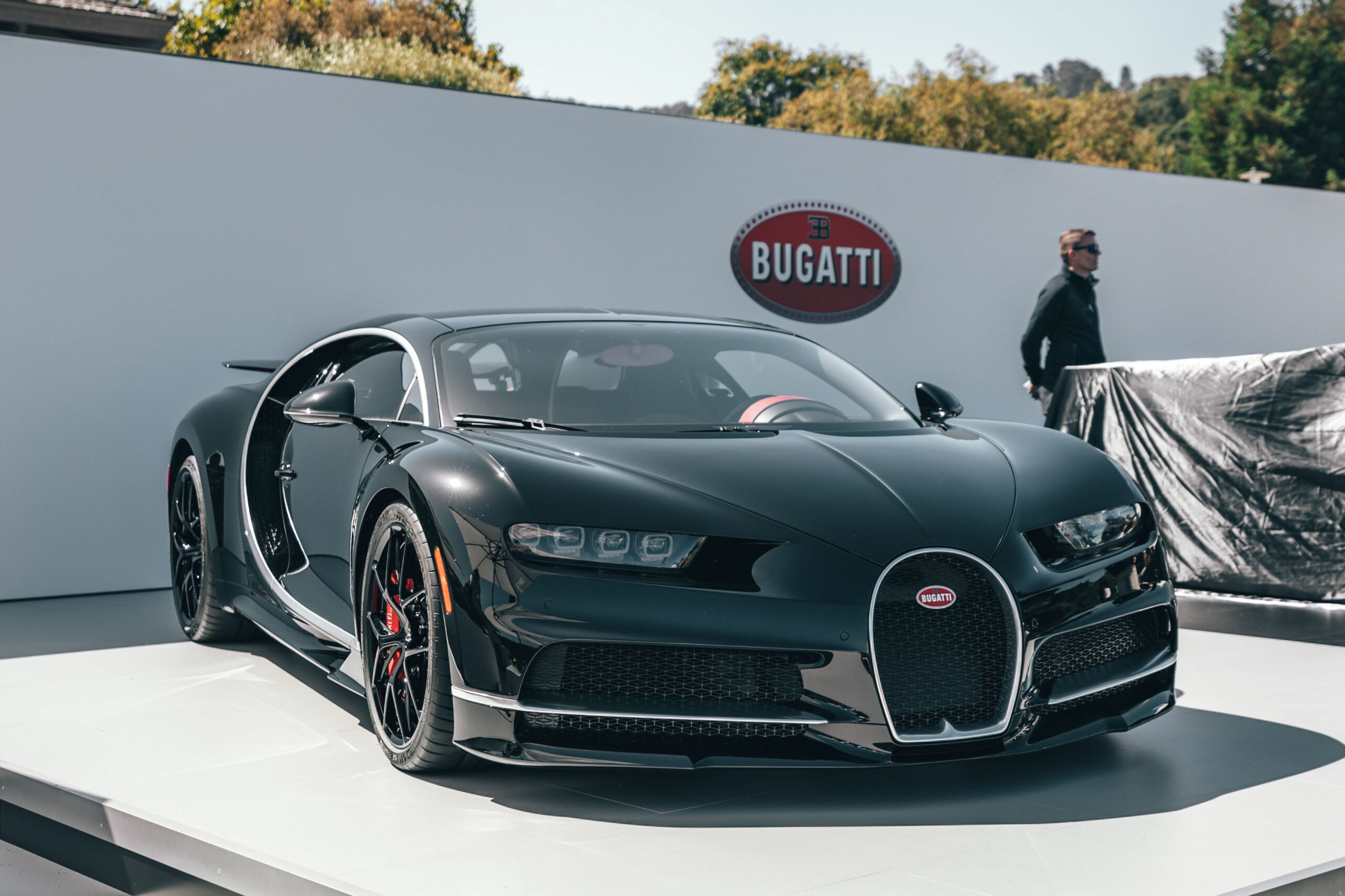
| The Stats | Bugatti Veyron | Saleen S7 | Ferrari F430 |
|---|---|---|---|
| Launched | 2005 | 2000 | 2004 |
| Horsepower | 1001 | 750 | 483 |
| Top Speed (mph) | 253 | 248 | 196 |
| 0-60 mph (secs) | 2.4 | 2.8 | 3.6 |
| Production Run | 450 | 70 | 15,000+ |
| MSRP (€) | 1.7m | 375k | 180k |
The trend of significant separation across all categories continued. Cars labelled as hypercars consistently offered more power, higher top speeds, and quicker acceleration. As technology advances, these performance differences might narrow, but exclusivity, driven by limited production numbers and high cost, appears to be the defining factor.
Our Winner: The Veyron – a car designed and built like no other, with a staggering 1001 horsepower. It truly defined the hypercar.
Round 4: The 2010s – The Holy Trinity is Born
If you’re reading this, you’re likely familiar with the “Holy Trinity” – the simultaneous release in 2013 of three groundbreaking hypercars: the Ferrari LaFerrari, the Porsche 918 Spyder, and the McLaren P1. Incorporating hybrid technology to complement their powerful combustion engines, these three hypercars made their predecessors envious.
Compared to the Veyron, these cars were relatively more accessible, ranging in price from €845,000 for the 918 to €1,420,000 for the LaFerrari, with a combined production run of nearly 2000 units.
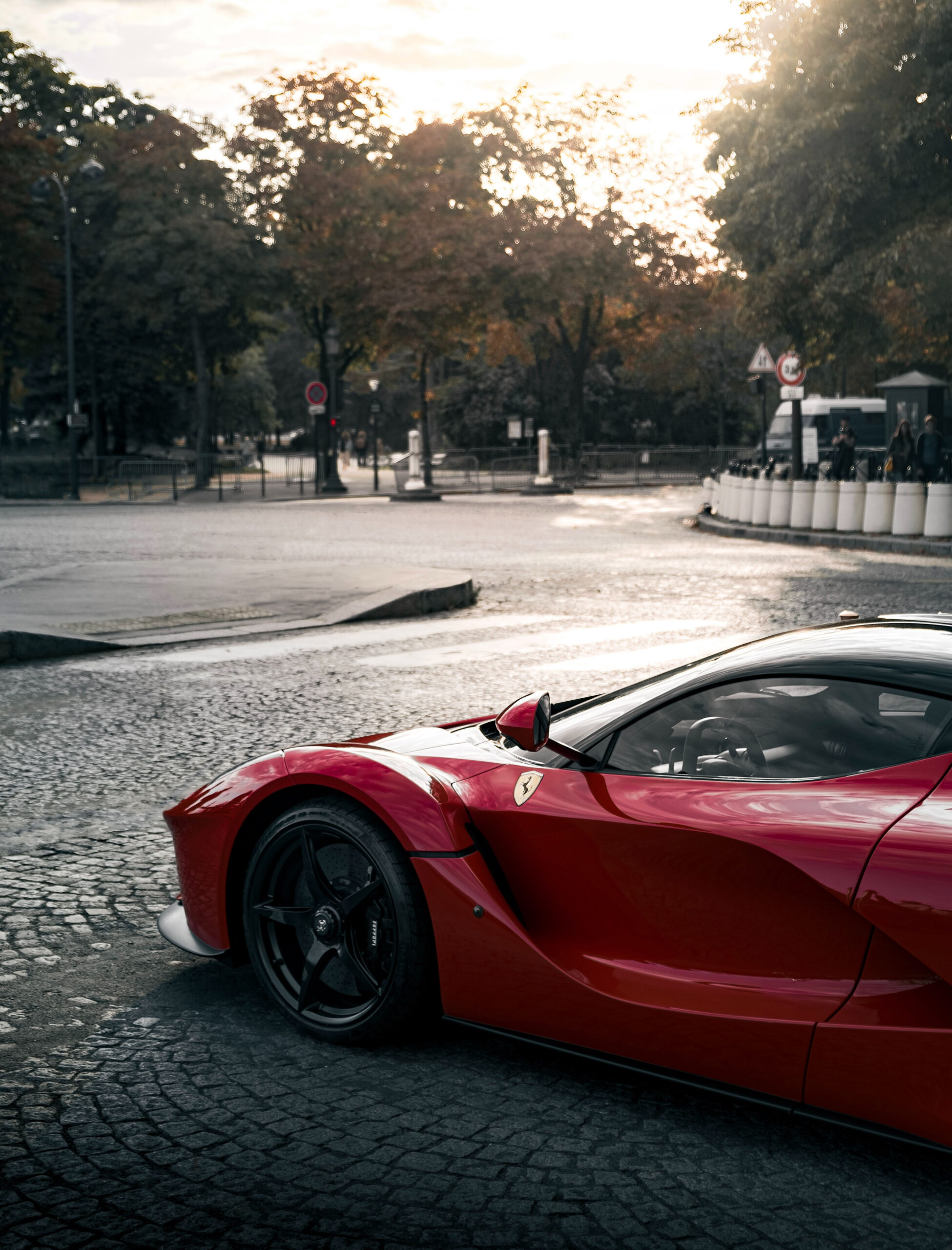
| The Stats | Porsche 918 Spyder | Ferrari LaFerrari | McLaren P1 |
|---|---|---|---|
| Launched | Sept 2013 | June 2013 | Oct 2013 |
| Horsepower | 875 | 950 | 903 |
| Top Speed (mph) | 214 | 220 | 217 |
| 0-60 mph (secs) | 2.2 | 2.5 | 2.8 |
| Production Run | 918 | 499 | 375 |
| MSRP (€) | 845k | 1.42m | 1.2m |
Our Winner: All three were incredible, a matter of personal preference really.
Round 5: The Present Day – Things Get Seriously Expensive
Technological advancements continued rapidly. By the end of 2020, even the Holy Trinity might feel a little less dominant at the traffic lights compared to some of the latest supercars from Ferrari and Lamborghini. Newer hypercars have emerged to maintain the performance gap, but the lines between hyper and super are increasingly blurred.
Examples include the Bugatti Centodieci (a one-off), the Koenigsegg Jesko, the Lotus Evija, and the Aston Martin Vulcan.
While hypercars still boast higher top speeds and more horsepower, speed limits and tyre technology often limit their real-world usability. On the road, acceleration and high-speed stability might feel similar to supercars, and on a track, some supercars might even outperform current hypercars.
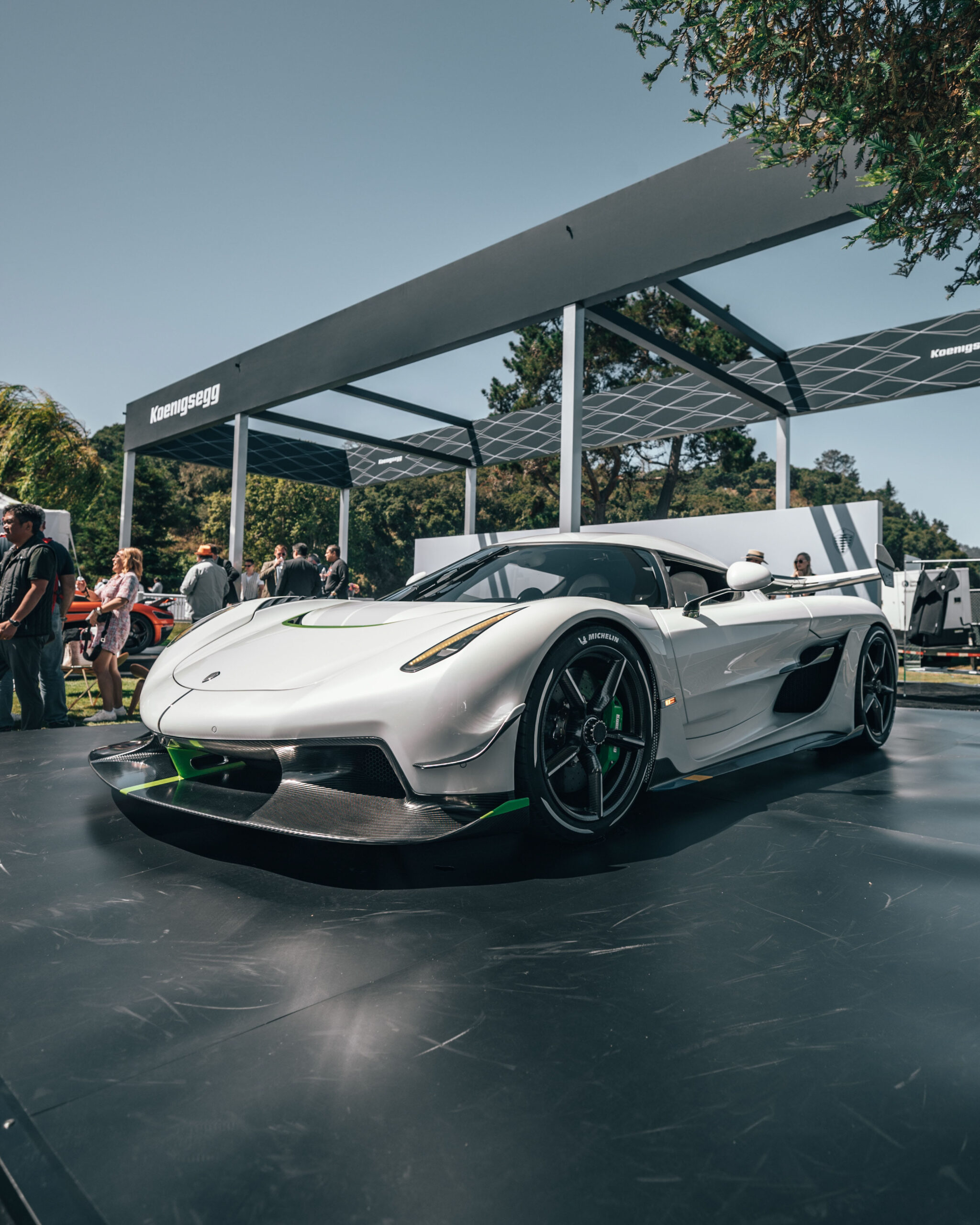
| The Stats | Bugatti Chiron | Koenigsegg Jesko | Lamborghini Huracan |
|---|---|---|---|
| Launched | 2016 | 2020 | 2014 |
| Horsepower | 1479 | 1280 | 602 |
| Top Speed (mph) | 261 | 300 | 201 |
| 0-60 mph (secs) | 2.4 | 1.9 | 2.5 |
| Production Run | 500 | 125 | 12,000+ |
| MSRP (€) | 2.9m | 3.0m | 240k |
Despite the astronomical horsepower figures and (often unusable) top speeds, the performance gap between modern hypercars and supercars is narrowing. Exclusivity, driven by significantly higher prices and far more limited production numbers, appears to be the primary differentiator.
Our Conclusions on the Journey
Looking back at four decades of hypercar development, the modern definition seems to hinge on exclusivity. Hypercars need to be considerably more expensive and much rarer than their already highly capable supercar counterparts. However, the lines can still be blurry, particularly with limited-edition supercar models.
The status of cars like the Ferrari SF90 or the McLaren Senna is often debated – are they hypercars or simply “super supercars”? Regardless, there’s no shortage of incredible machines to admire, with new ones appearing every year. Picking a favourite is difficult, perhaps the F40 for starting the hypercar trend, the Veyron for redefining possibilities, or something new like the Lotus Evija or Pininfarina Battista!
Hypercar Hire: The Final Reckoning
At Ultimate Drives, having run supercar driving tours across Europe for the past decade, we’ve learned that there are no dedicated hypercars available solely for hire. However, there is a market of private individuals who occasionally make their hypercars available for rent, either directly or through third-party brokers. This means the market is somewhat fluid and not easily defined. Each request typically requires individual research and sourcing, and prices can vary significantly.
Based on our network as of November 2020:
- Porsche 918 Spyder: Available in the UK (London) and continental Europe (Germany). Arguably the most drivable hypercar for hire, with typical pricing around €10,000 per day and a €100,000 security deposit.
- LaFerrari: Available in the UK (London), Italy, and the UAE. The ultimate head-turner, with typical pricing around €12,000 per day and a security deposit in the region of €80,000.
- Bugatti Veyron: Available in Germany, ideal for experiencing the Autobahn. Pricing is the most eye-watering at around €20,000 per day, with a €100,000 security deposit.
- McLaren Senna: While some might not consider it a hypercar, we can access one in the UK, with rates closer to €4,500 per day and a deposit of €40,000 – placing it in a different price bracket.
If you are interested in hiring any of the above hypercars, please get in touch, and we can assist with sourcing a properly insured and fully inspected rental vehicle.
Super Supercars: The Next Best Thing?
If the deposits and budgets for hypercar hire seem a little extreme, there’s a range of cars we now refer to as “super supercars” where a more established rental market exists. Consequently, these can often be sourced at more reasonable rates and with less demanding security deposits (typically renting around €3,000 per day). These cars are available for both individual hire and as part of our luxury driving tours. Full details are available upon request:
- Porsche GT2 RS: Available to hire in Germany, Switzerland, and Italy, or as part of our 3-night Six Passes Tour in the Alps.
- Ferrari 488 Pista Spider: Available to hire in Germany and Italy, or as part of our 3-night Valley of Supercars Tour in Italy.
- Lamborghini Aventador SVJ: Available to hire in the South of France and Italy, or as part of our 4-night Taste of Tuscany package in Italy.
- NEW Ferrari SF90: This recently launched 1000BHP high-tech supercar is available to hire in Italy and the South of France, or as part of our 3-night Valley of Supercars tour package.
Next Steps for Your Hypercar Hire
For more details on available cars, options, and prices, please email us at info@ultimatedrives.net or call us on +41 43 542 0867.
